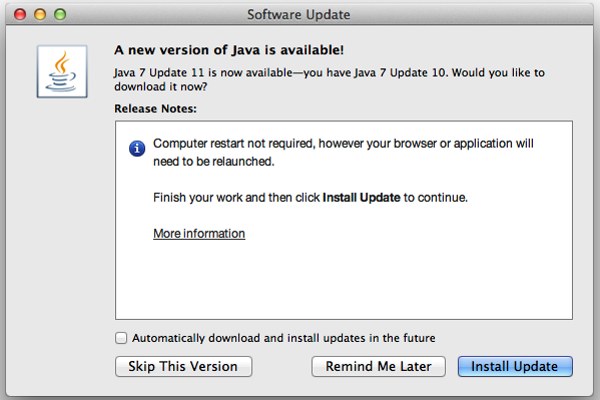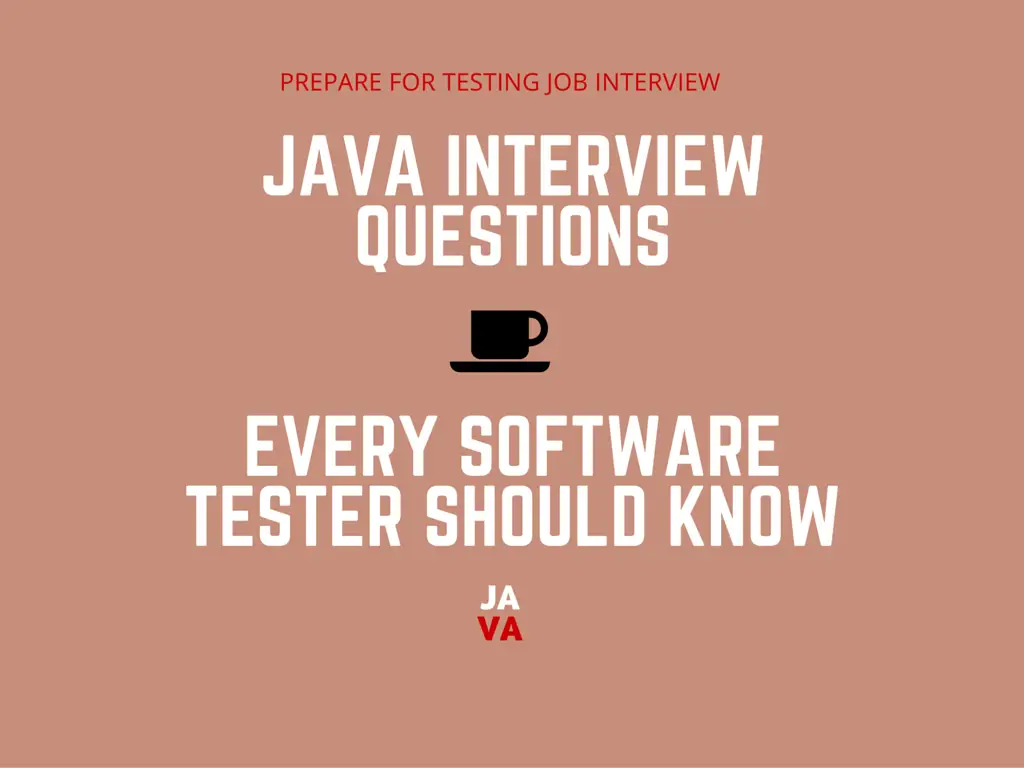

Throws IOException, NullPointerException, ArithmeticException Throw new IOException (“Connection failed!!”) Throw new Exception (“You have some exception”)
APPLE JAVA SECURITY INTERVIEW QUESTIONS ET CODE

What is the difference between ‘throw’ and ‘throws’ in Java Exception Handling?įollowing are the differences between two: Since in java there is no such concept of package inheritance, defining a class as protected is no different from default. The only difference between default visibility and protected visibility is that we can use it in any package by inheriting it. Declaring a class as protected also doesn’t make any sense. The reason for not making a top-level class as private is obvious, because nobody can see a private class and thus they cannot use it. Top level classes in java can’t be private or protected, but inner classes in java can. Can a top-level class be private or protected? So, Java developers decided to avoid such conflicts and didn’t allow multiple inheritance through classes at all. If we recall this in C++, there is a special case of multiple inheritance (diamond problem) where you have a multiple inheritance with two classes which have methods in conflicts. The reason for not supporting multiple inheritance is to avoid the conflict and complexity arises due to it and keep Java a Simple Object Oriented Language. Java supports multiple inheritance but not through classes, it supports only through its interfaces. Why multiple inheritance is not supported in java Method: you can’t override a Final method.Ĭlass: you can’t inherit from Final class. Variable: Value of Final variable is constant, you can not change it. The argument string represents the argument type passed from the console, and the is an array of strings specified at the command line.įinal keyword in java is used to restrict usage of variable, class and method. Void- doesn’t return anything so it’s return type must be void. So the method has to be declared as static. Static– JVM must be capable of calling this method w/o creating an instance of the class. Hence, the access specifier has to be public. So it’s mandatory for it to get accessible from the Java environment. Public- is the entry point method which the JVM calls when a program is run. What do you make of each keyword in public static void main(String args)? Typically, each JDK contains one (or more) JRE’s along with the various development tools like the Java source compilers, bundling and deployment tools, debuggers, development libraries, etc. I.e., the JRE is an implementation of the Java Virtual Machine which actually executes Java programs.

The “JRE” is the Java Runtime Environment.
APPLE JAVA SECURITY INTERVIEW QUESTIONS ET SOFTWARE
I.e., the JDK is bundle of software that you can use to develop Java based software. What is the Difference between JDK and JRE? Hence, byte code generated by javac is universal and can be converted to machine code on any operating system, this is the reason why java is platform independent. JVM(Java Virtual Machine) is available in all operating systems we install. This byte code can be easily converted to equivalent machine code using JVM. Your java source code is first compiled into byte code using javac compiler. Java is both compiler(javac) and interpreter(jvm) based lauguage. So compile code only once and run it on any System (In C/C++, we need to compile the code for every machine on which we run it). Platform independence means that execution of your program does not dependent on type of operating system(it could be any : Linux, windows, Mac. Why is Java called the ‘Platform Independent Programming Language’?


 0 kommentar(er)
0 kommentar(er)
